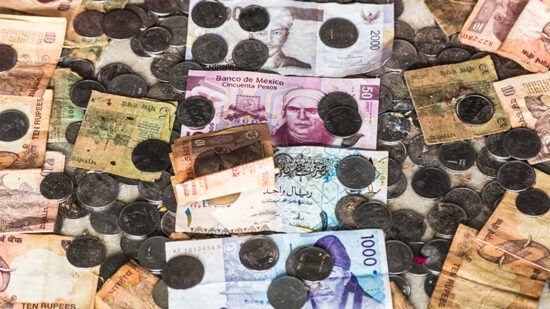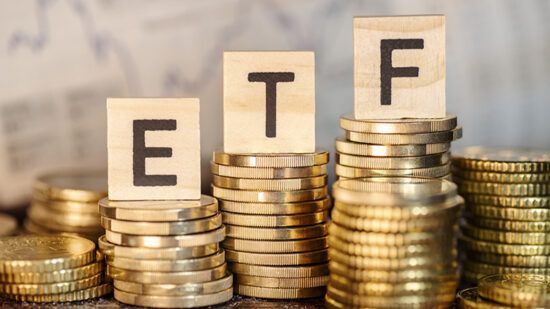The drastic rate hike from 10.5% to 17% announced yesterday provided some cushion to the ruble today, after it had almost halved in value against the dollar since October. Meanwhile, the main RTS-index has lost more than three quarters of its value in euro terms since July.

The Crimea crisis fresh in the memory, it seems many have been waiting for an opportunity to get the boot in on Russia, but what does the Central Bank of Russia’s (CBR) latest move mean for investors?
The move has arguably backfired in the short term with volatile trading in the rouble, a currency which has lost more than half of its value against the dollar this year, not helped by plunging oil prices.
Beware a default?
For Laith Khalaf, senior analyst at Hargreaves Lansdown, investors will be reminded of the currency crisis of 1998 and subsequent default on sovereign bonds brought Wall Street to its knees, via the exposure of the giant hedge fund Long Term Capital Management.
Still, while the currency has significantly weakened this year, he says default by the Government looks unlikely this time around because Russia has relatively low levels of government debt compared to GDP.
“Despite this, the Russian economy and companies do face serious problems and rising interest rates will take a toll on a country which is already on the brink of recession,” he explains.
“If the price of oil remains around $60 in 2015, Russia could see economic growth contract by 4.5%, according to the Bank of Russia. Meanwhile some Russian companies will have debts denominated in foreign currencies, which will put them under further financial pressure.”
Still, in the longer term, Khalaf believes Russia’s vast natural resources are likely to prove positive while, in common with other emerging markets, it also has a population which is expected to become wealthier. This will do little to calm investors today, though, with the panic threatening to spread to other emerging markets.
The bottom line
For Sandra Heidman, emerging markets specialist at SEB, the bottom line is that the CBR has finally acted.
“Because the CBR was slow to react in October and December, hiking by a timid 150bps and 100bps, respectively, it now had to overwhelm markets,” she says.
“Nevertheless, the hike is unlikely to end volatility in the rouble exchange rate, which will continue to be vulnerable to falling oil prices and threats of additional sanctions.”
Over the next six to 12 months, the hike together with increased domestic dollar availability could boost confidence in the CBR and, by extension, in the rouble.
“Under the assumption that oil prices will stabilise in Q2 next year and appreciate in Q3 and Q4 in response to cuts in production from more expensive energy sources, the dollar/rouble should return to a fair value of around 45,” Heidman adds.
“Tail risks in the form of new, harsher sanctions as a result of a worsening of the Russia-Ukraine crisis persist, but we think that Russia will continue to try to freeze the conflict in eastern Ukraine, thus avoiding additional sanctions.”







